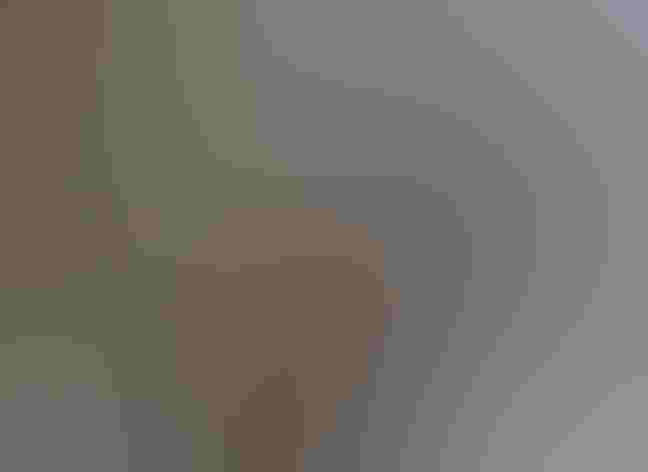Blue-winged Teal
At a Glance
Teal are small ducks, fast in flight, flocks twisting and turning in unison. Seemingly a warm-weather duck, the Blue-winged Teal is largely absent from most of North America in the cold months, and winters more extensively in South America than any of our other dabblers. Small groups of Blue-wings often are seen standing on stumps or rocks at the water's edge.
All bird guide text and rangemaps adapted from Lives of North American Birds by Kenn Kaufman© 1996, used by permission of Houghton Mifflin Harcourt Publishing Company. All rights reserved.
Category
Duck-like Birds, Surface Feeding Ducks
Conservation
Low Concern
Habitat
Coasts and Shorelines, Freshwater Wetlands, Lakes, Ponds, and Rivers, Saltwater Wetlands
Region
Alaska and The North, California, Eastern Canada, Florida, Great Lakes, Mid Atlantic, New England, Northwest, Plains, Rocky Mountains, Southeast, Southwest, Texas, Western Canada
Behavior
Direct Flight
Population
7.800.000
Range & Identification
Migration & Range Maps
Compared to most ducks, migrates relatively late in spring and early in fall. Migrates in flocks in fall, often in smaller flocks or isolated pairs in spring. Some southbound groups in fall are composed entirely of young birds, indicating that migratory route is instinctive, not learned. Blue-wings wintering in South America evidently migrate long distances over open ocean; flocks are sometimes seen many miles offshore.
Description
14-16" (36-41 cm). Pale blue wing patch mostly hidden when swimming, obvious in flight. Male has white crescent on gray face in spring. In fall, many are in drab eclipse plumage, look like females. Blue-wing and Cinnamon females very similar.
Size
About the size of a Crow, About the size of a Mallard or Herring Gull
Color
Black, Blue, Brown, Gray, Green, White
Wing Shape
Pointed, Tapered
Tail Shape
Rounded, Short, Wedge-shaped
Songs and Calls
Soft lisping or peeping note. Female utters a soft quack.
Call Pattern
Flat, Rising, Simple
Call Type
Croak/Quack, Whistle
Habitat
Fresh ponds, marshes. In summer on shallow freshwater marshes and ponds in open country, also brackish marshes near coast. In migration and winter on any kind of shallow waters, inland or coastal. Flocks in migration are sometimes seen over ocean, many miles offshore.
Sign up for Audubon's newsletter to learn more about birds like the Blue-winged Teal
Behavior
Eggs
9-13, sometimes 6-15. Dull white or tinged olive. Ring-necked Pheasants sometimes lay eggs in Blue-winged Teal nests. Incubation is by female only, 23-24 days.
Young
Leave nest within 24 hours after hatching. Young find their own food, are tended by female for first few weeks, but broods of young often left alone before old enough to fly. Young capable of flight 38-49 days after hatching.
Feeding Behavior
Forages in very shallow water, gleaning items from surface or swimming forward with head partly submerged; seldom up-ends, and seldom feeds away from water.
Diet
Mainly seeds. Diet is mostly plant material, especially seeds of various grasses, sedges, pondweeds, smartweeds, and others. Snails, bivalves, insects, crustaceans, and other animal matter may be important in the diet at some seasons.
Nesting
Pair formation begins in early winter and continues during spring migration. Male has varied courtship displays, including one in which whole forepart of body is submerged, tail raised, feet waved in air. Nest site is on ground in prairie, hayfield, coastal meadow, sometimes several hundred yards from nearest water. Nest is a shallow depression with some grass or weeds added, lined with down; usually well concealed by surrounding vegetation.
Climate Vulnerability
Conservation Status
Populations apparently stable. Most Blue-wings winter south of the U.S., so management requires cooperation with Latin American nations.
Climate Threats Facing the Blue-winged Teal
Choose a temperature scenario below to see which threats will affect this species as warming increases. The same climate change-driven threats that put birds at risk will affect other wildlife and people, too.






